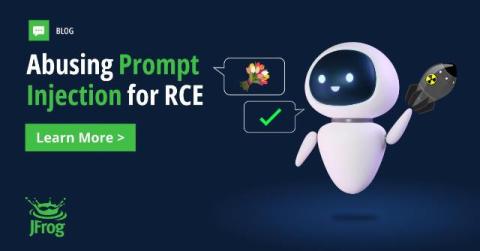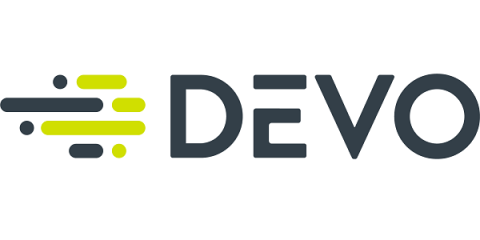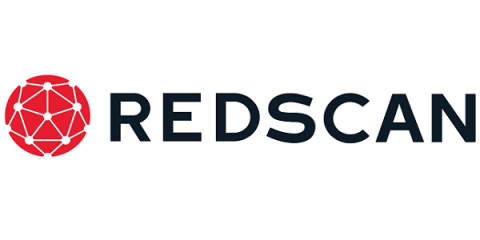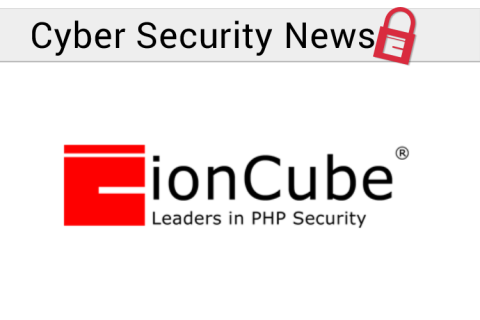How to Prevent DDoS Attacks? [ 17 Best Practices]
In 2021, Amazon suffered a financial setback of around $34 million due to a one-hour system outage that led to a considerable loss in sales. Meta suffered a loss of nearly $100M because of Facebook’s 2021 outage. The consequences of downtime can be severe, and businesses of all sizes and governments can be affected. A DDoS attack can bring a business to a complete standstill for hours, leading to a substantial loss in revenue.











